October 12-18, 2025
First snow and busy squirrels
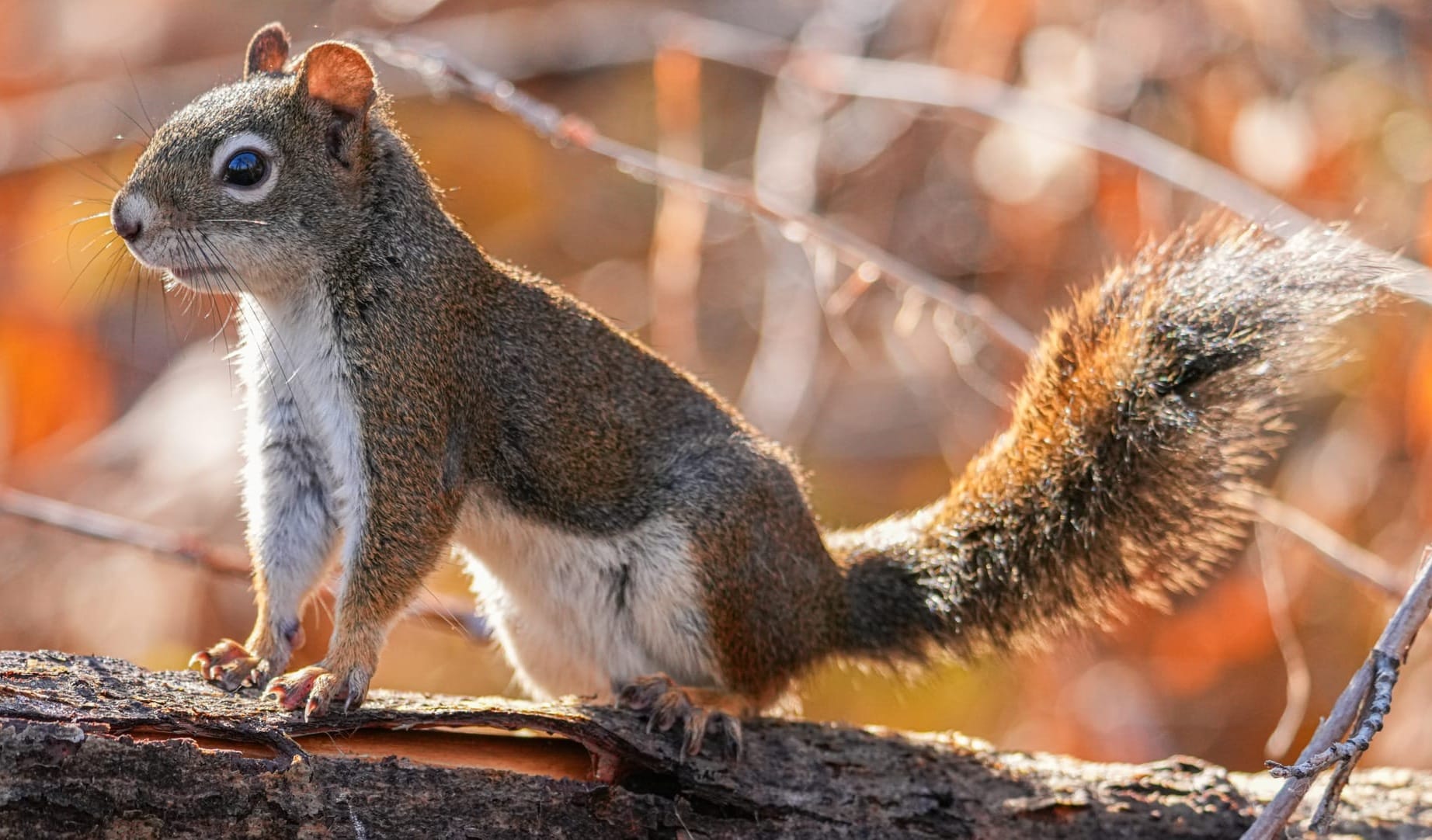
Aspens and cottonwoods have delivered a splash of brilliant color to the valley floor as birds and mammals prepare for winter.
Week in Review
Winter is coming and it was a busy week. A round of snow covered the hillsides this week (our first of the year!), while mornings turned frosty with temperatures dipping into the upper 20s.
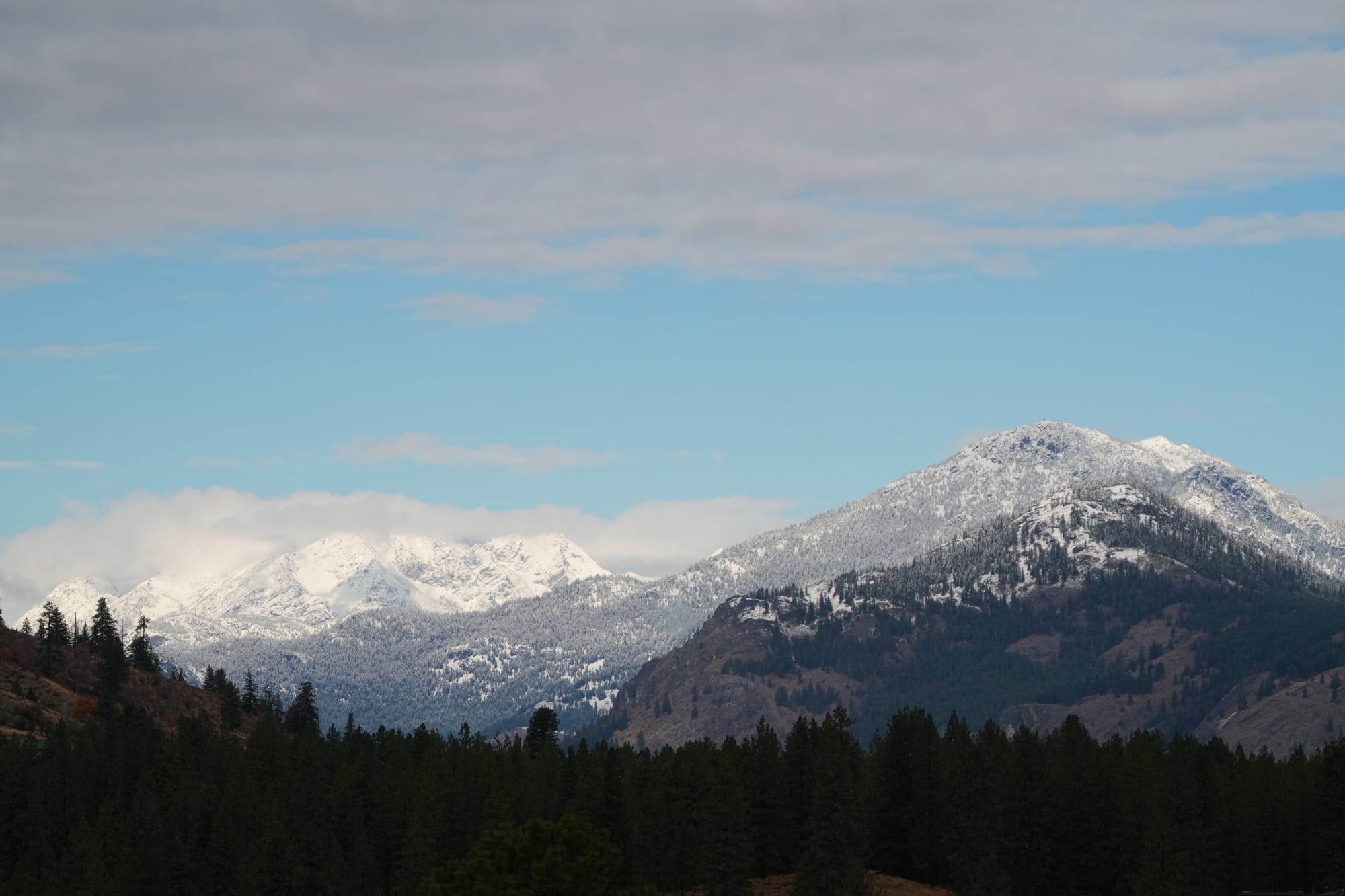
The week was sunny, but with winter on its way and hunters stalking the hills, I stayed home finishing last-minute projects around the house rather than getting out and enjoying the fall colors. It seems like animals are as busy and focused as the valley's humans, with squirrels and chipmunks running all over the place and bluebirds checking out nestboxes.
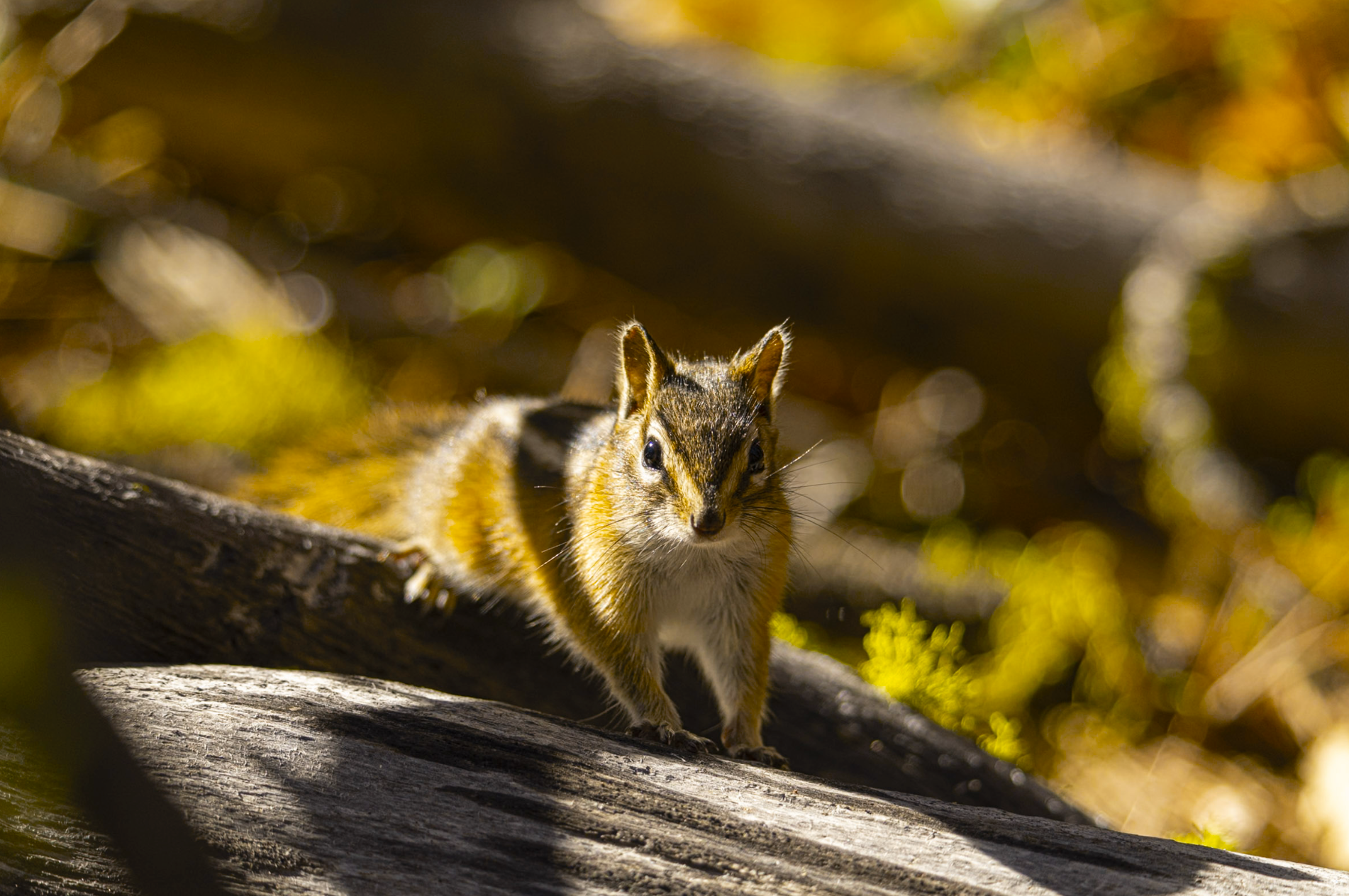
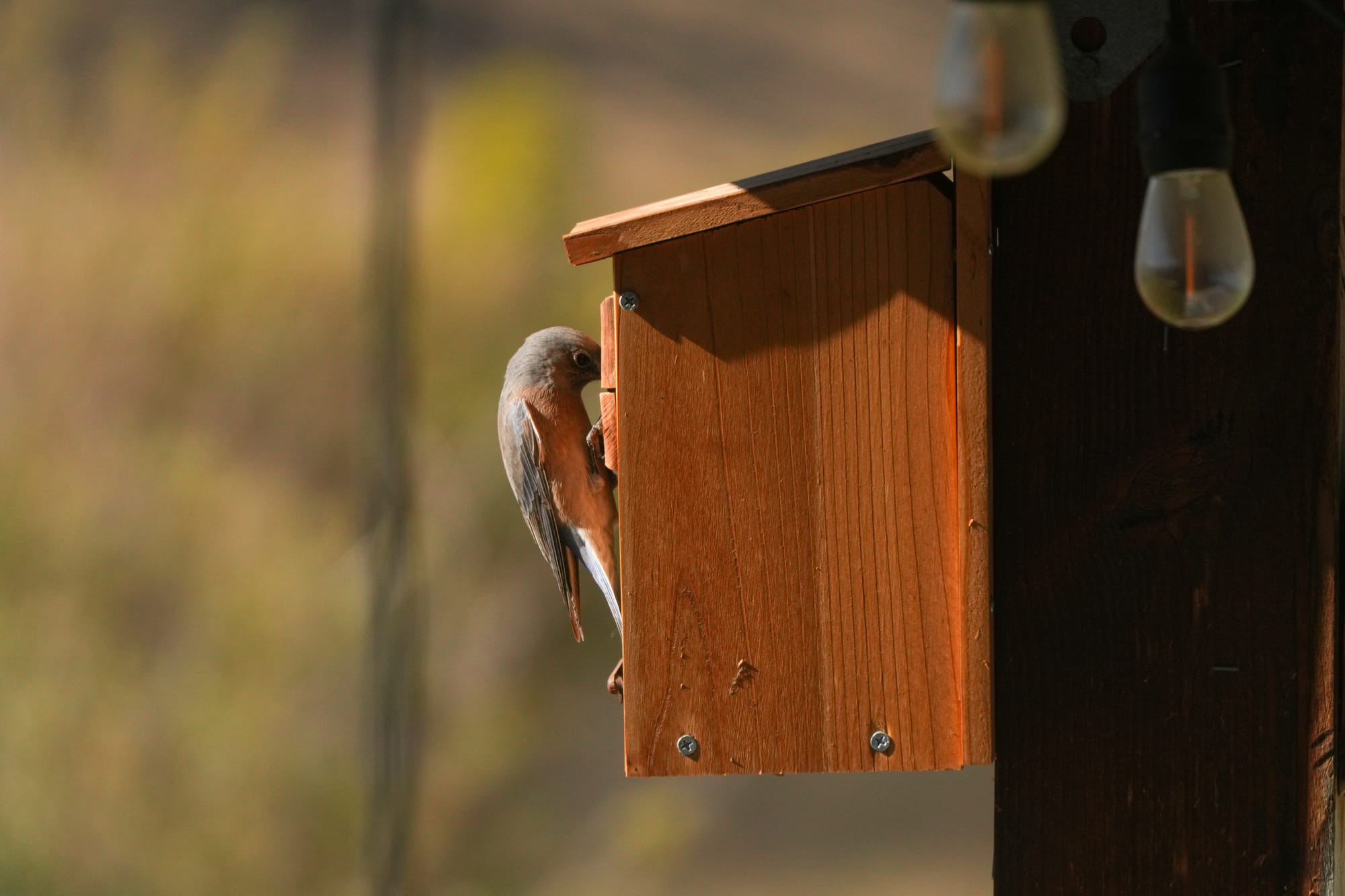
Birds are also on the move with a number of notable birds being found on any given day. For example, on October 17 there was a Bonaparte's gull at Big Twin Lake, an American tree sparrow at Pearrygin Lake, and a rough-legged hawk at Pipestone Canyon. The gull is at the tail end of its expected late summer migration, while the sparrow and hawk are at the leading edge of their expected winter migrations, so these birds perfectly highlight this transitional moment between seasons.
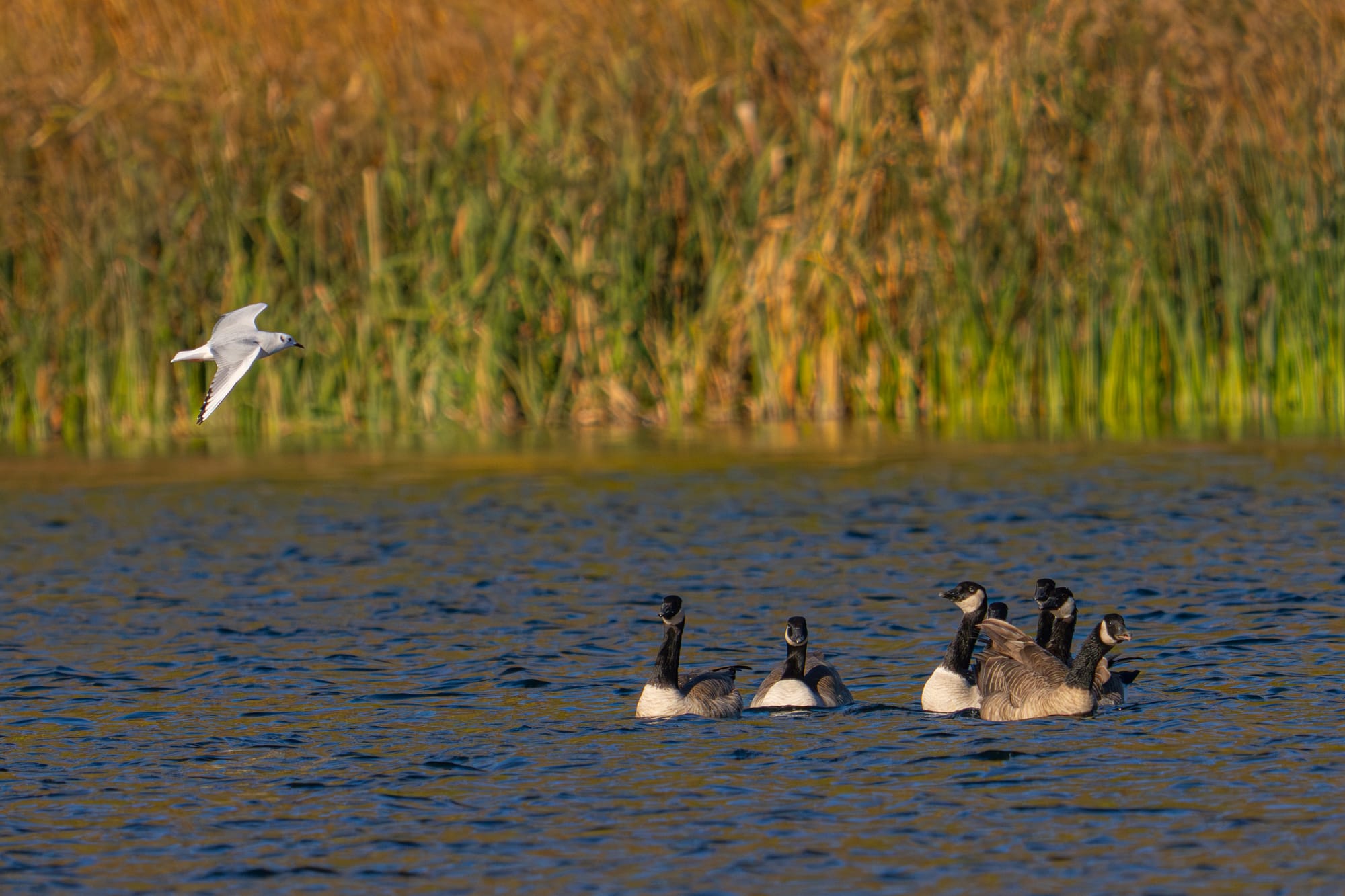
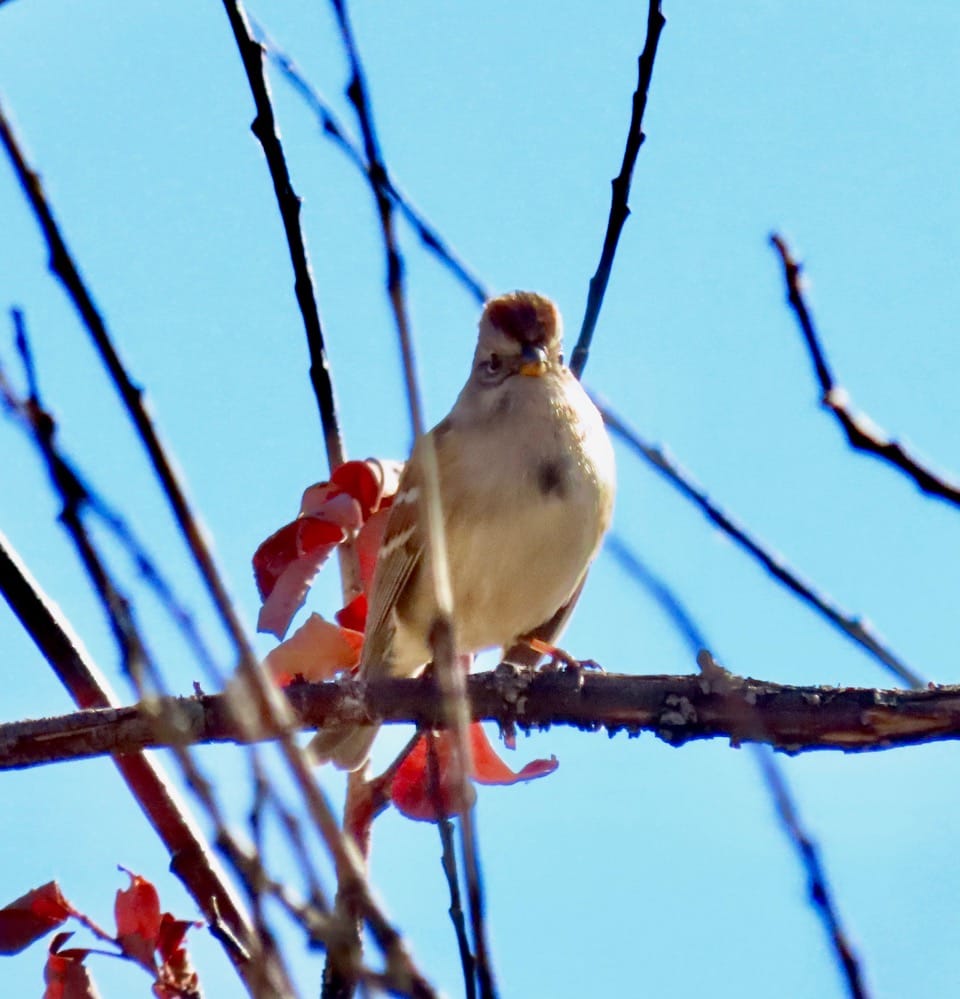
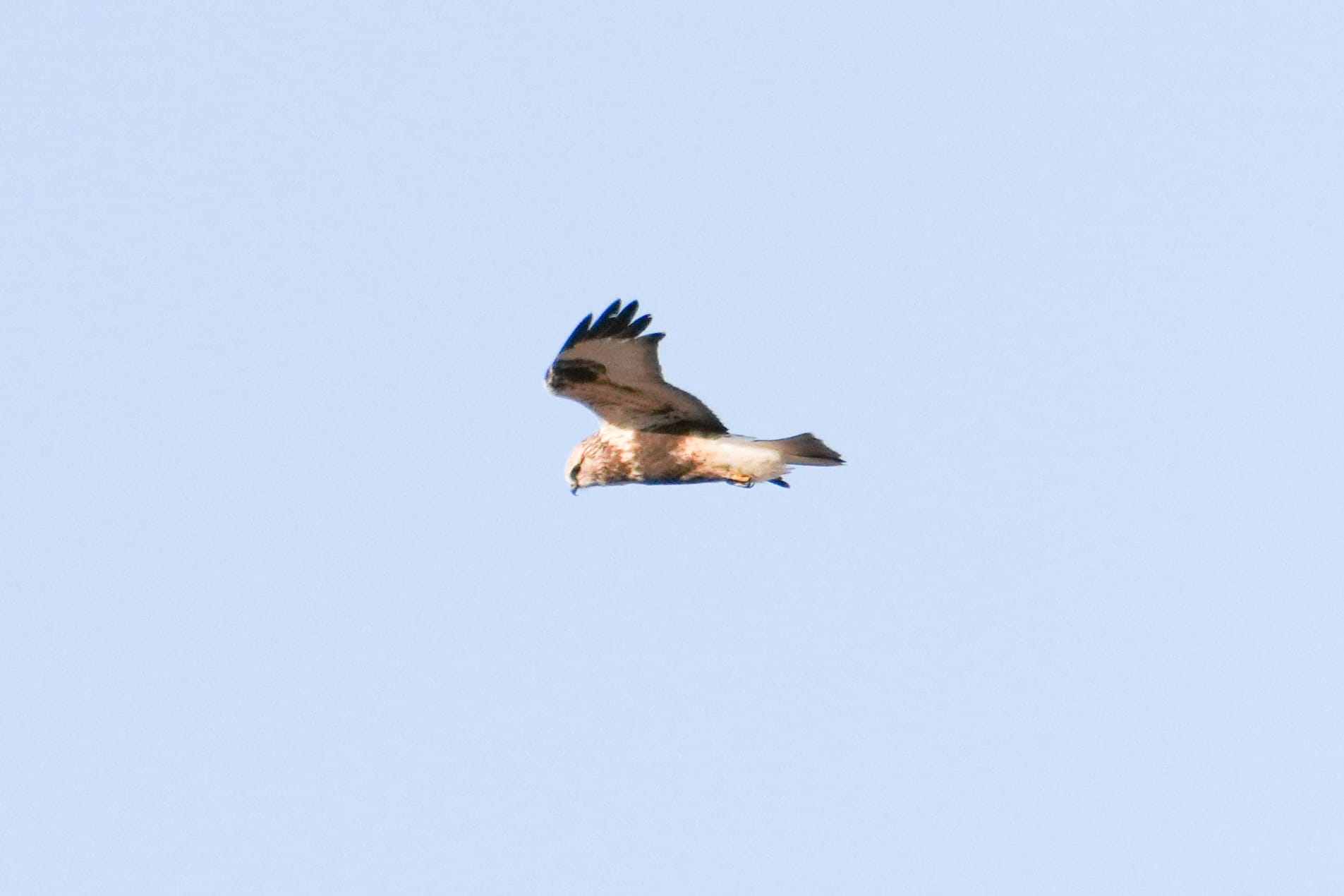
There aren't as many insects now, but some of them are conspicuous. One insect that I've come to expect each fall is the white woolly aphid. These tiny white insects start swarming in immense numbers in mid-October (here's my observation of them at the same time last year), and my guess is that they wait to begin these mating flights until after insect-eating songbirds have migrated south.
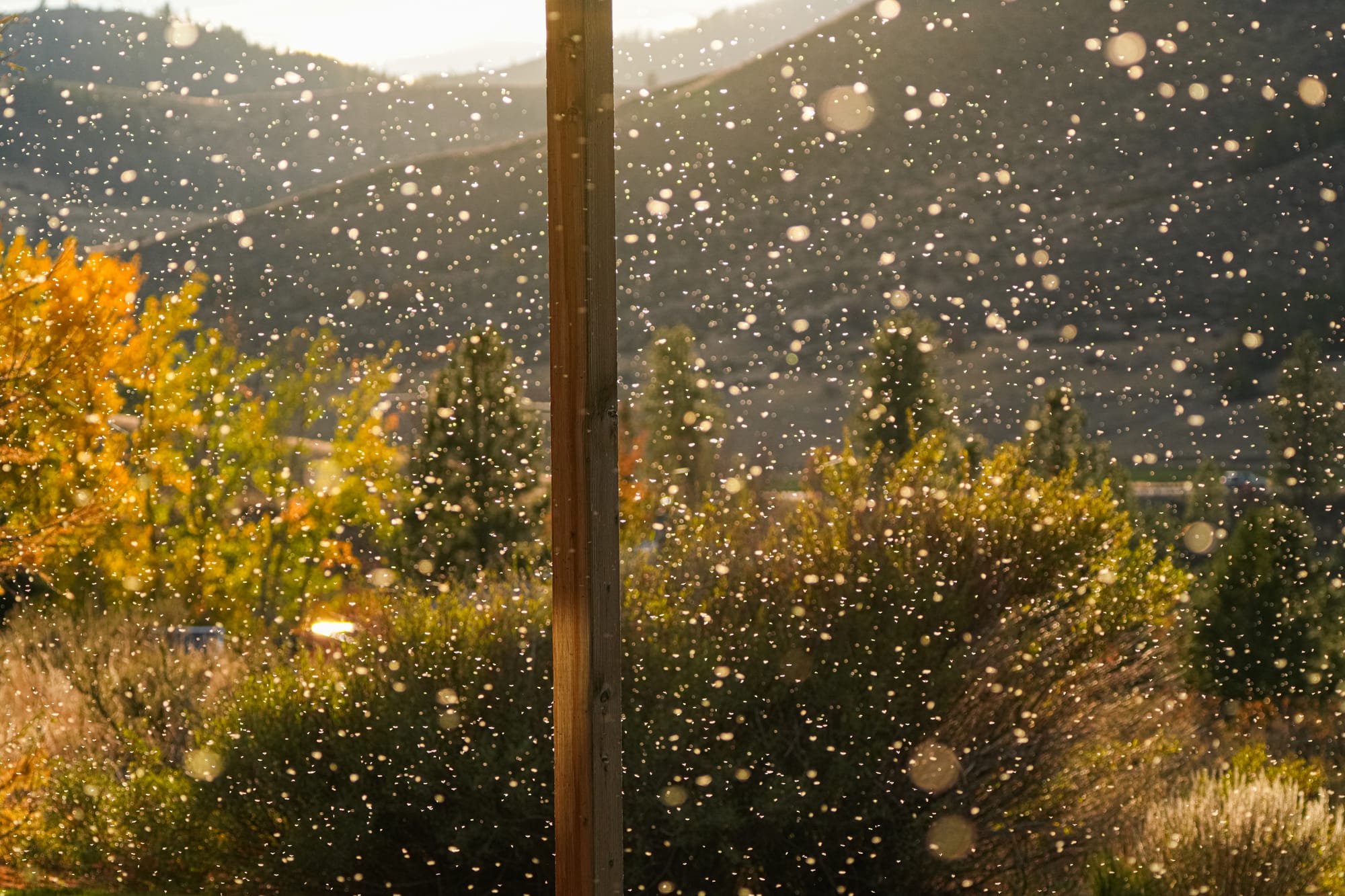
Similarly, I noticed a mayfly hatch along the river that may be following the same strategy, though in this case there were dozens of ruby-crowned kinglets and a handful of yellow-rumped warblers gathering to catch mayflies in midair.
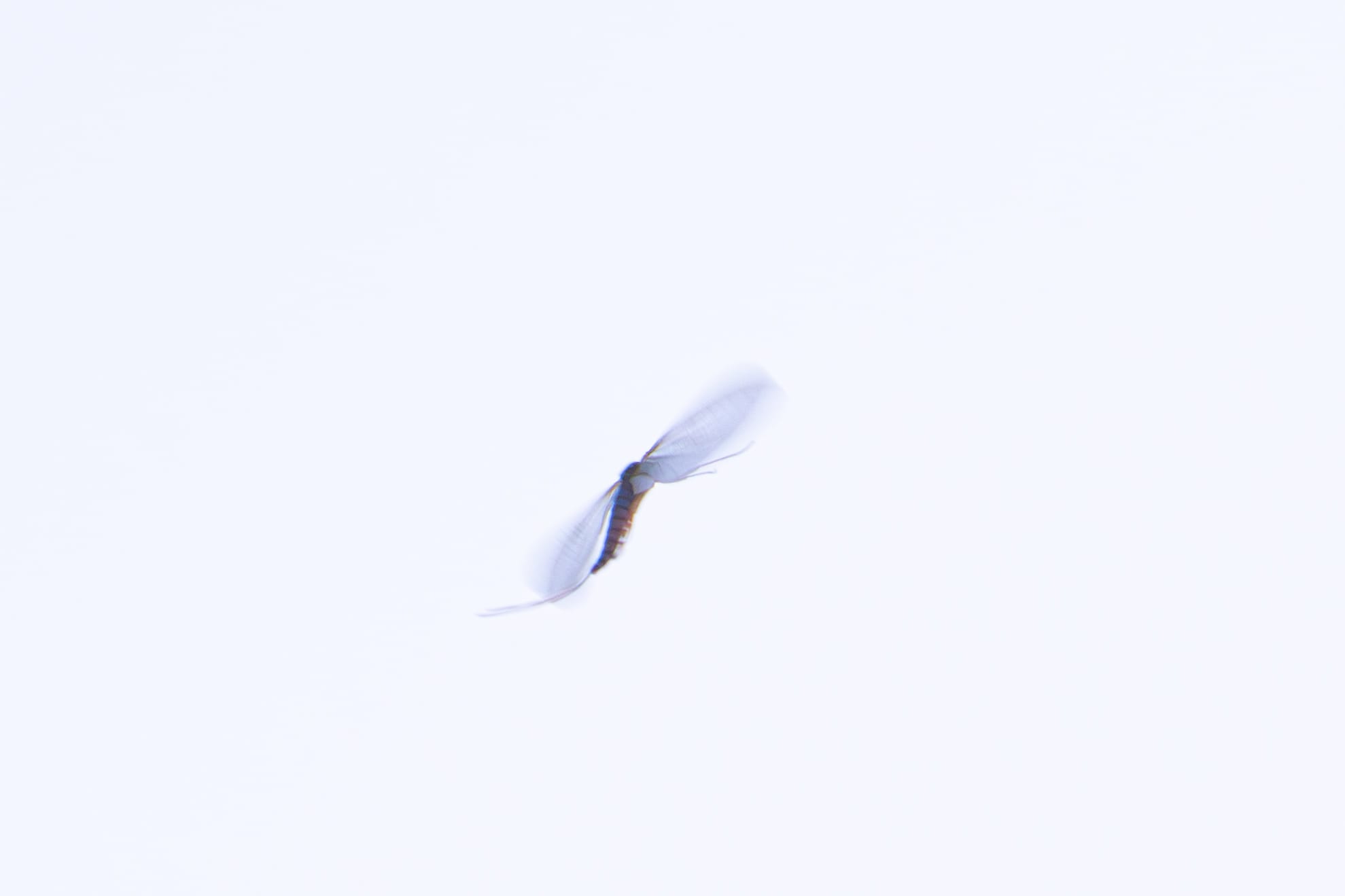
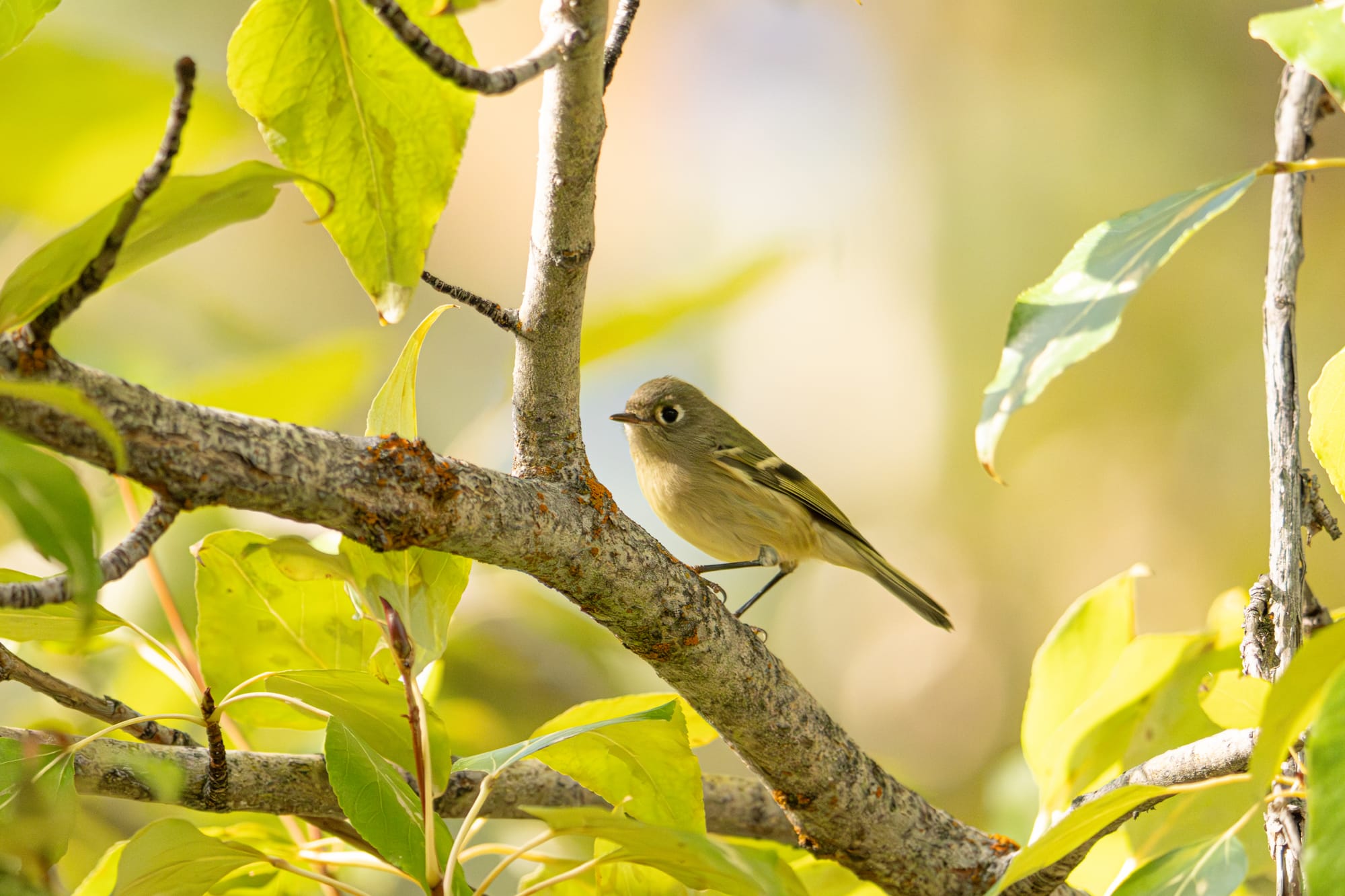
Along the river, I also had the pleasure of watching a darner lay eggs. This female was perching motionless on huge, decomposing cottonwood logs and using the tip of her tail to lay individual eggs in the wood. Although the logs were several feet above the river, I believe this means that the eggs are safe from aquatic predators and the larvae can drop into the water when they hatch.
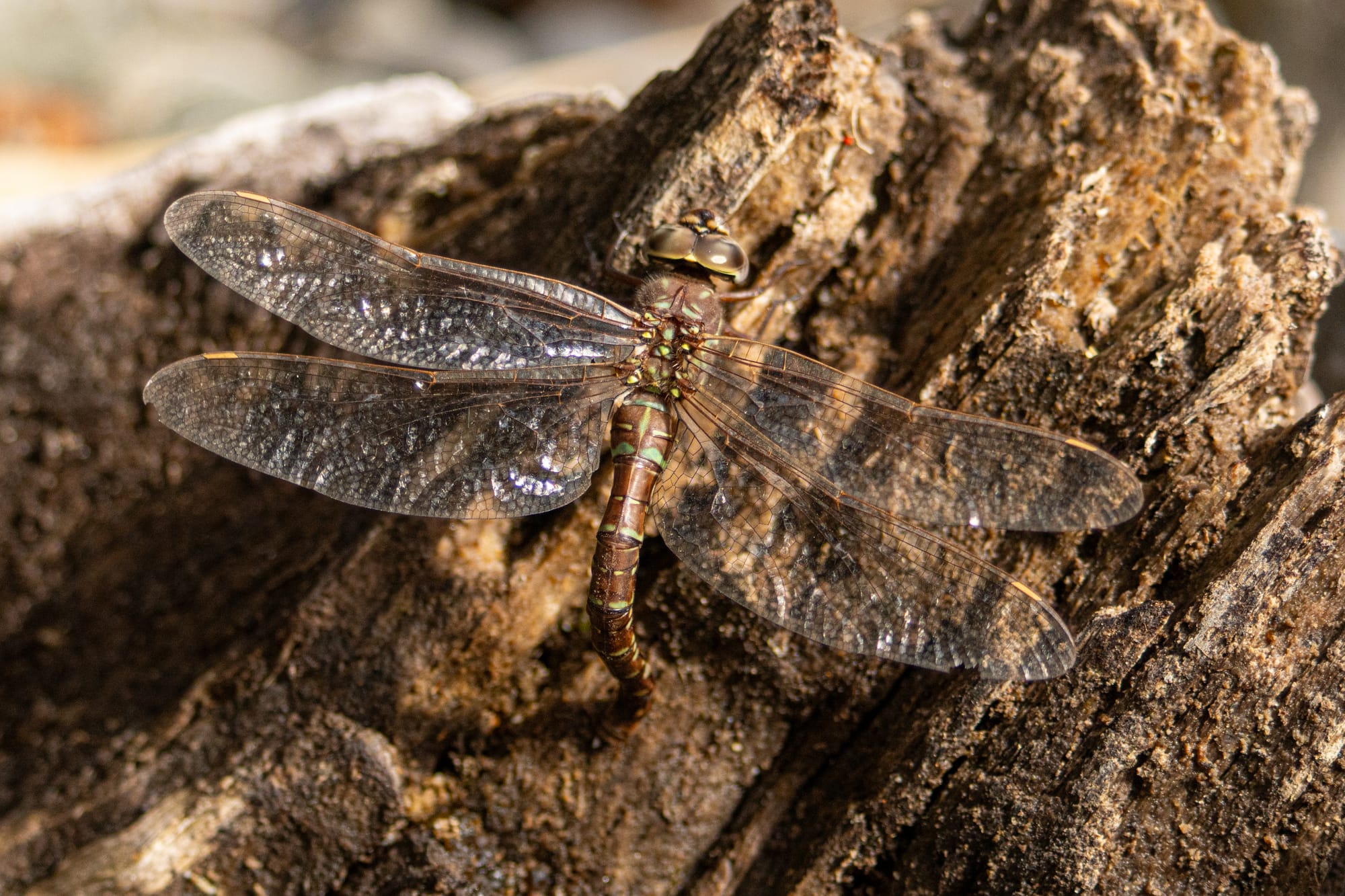
Finally, fall is a time when young spiders disperse by ballooning. Ballooning happens when spiders spool out long strands of silk that catch air currents and carry spiders to new locations. Sometimes there are so many spiders that their strands of silk cover branches and trees and these sheets of silk are called gossamer. The silk is especially noticeable when backlit by the sun and you might be noticing this phenomenon around the valley.
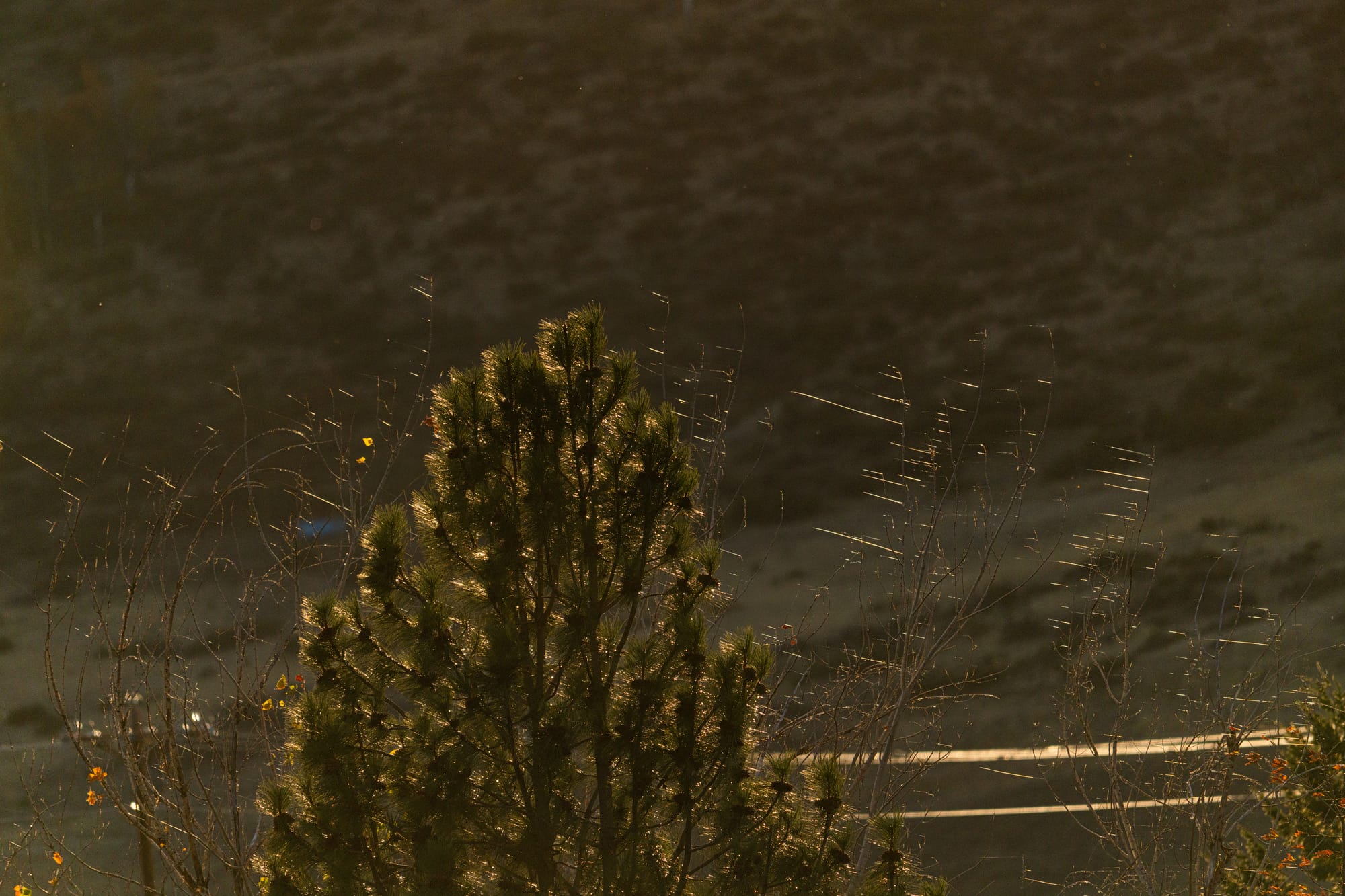
Observation of the Week: Xenoliths
Jack McLeod and I had the pleasure last week of joining a three renowned geologists to look for xenoliths around Washington Pass. This group included Dave Tucker, author of Geology Underfoot in Western Washington (a fantastic book!); Scott Linneman, Emeritus Professor of Geology at Western Washington University; and Jon Riedel, retired geologist for North Cascades National Park.
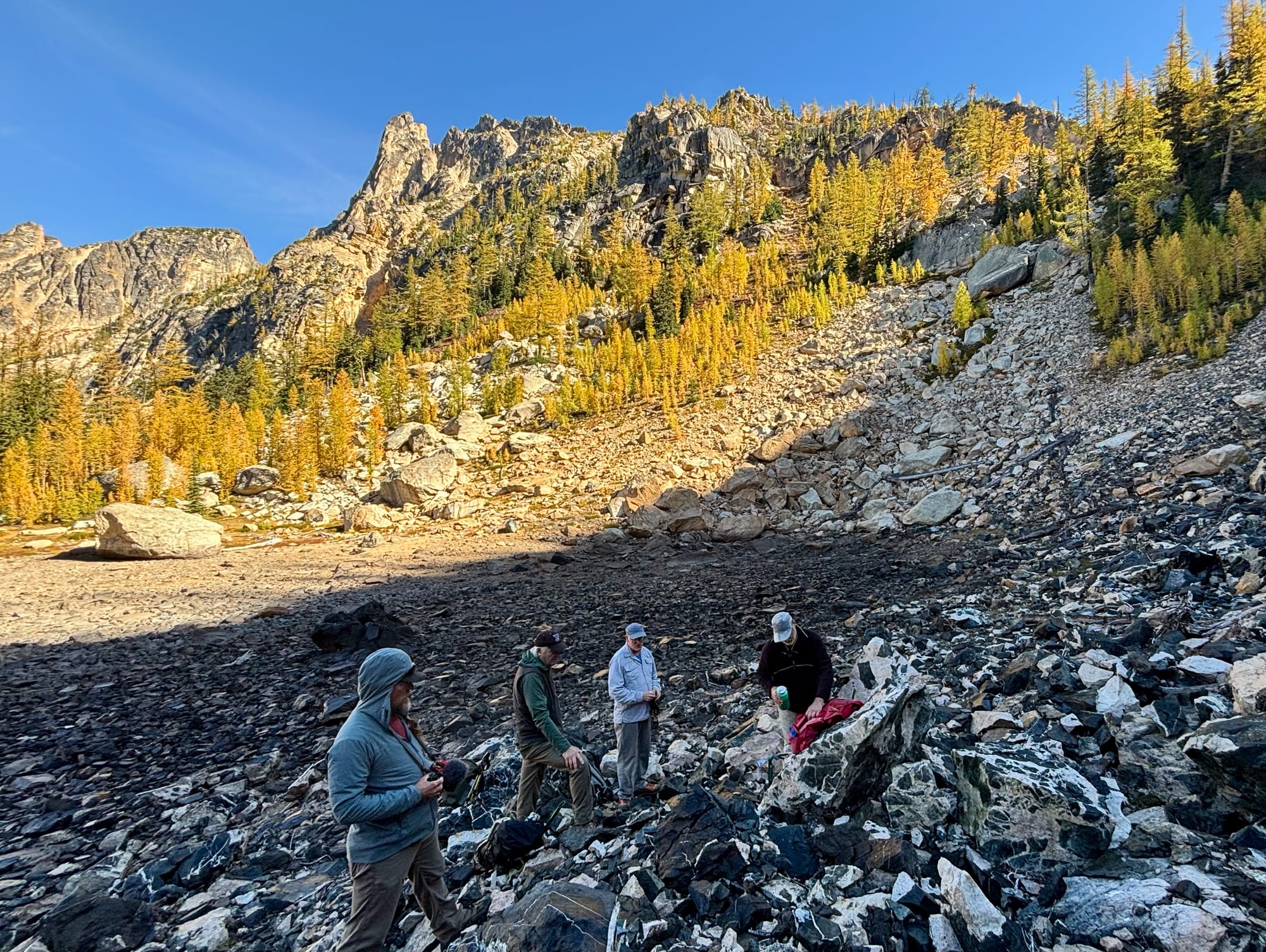
We were looking for xenoliths because they help tell the story of how large bodies of rock intersect in a landscape, and the area around Washington Pass is the intersection of the Black Peak batholith (seen around Bridge Creek and Rainy Pass), Golden Horn batholith (seen around Liberty Bell and Washington Pass), and North Creek volcanics (seen around Copper Pass).
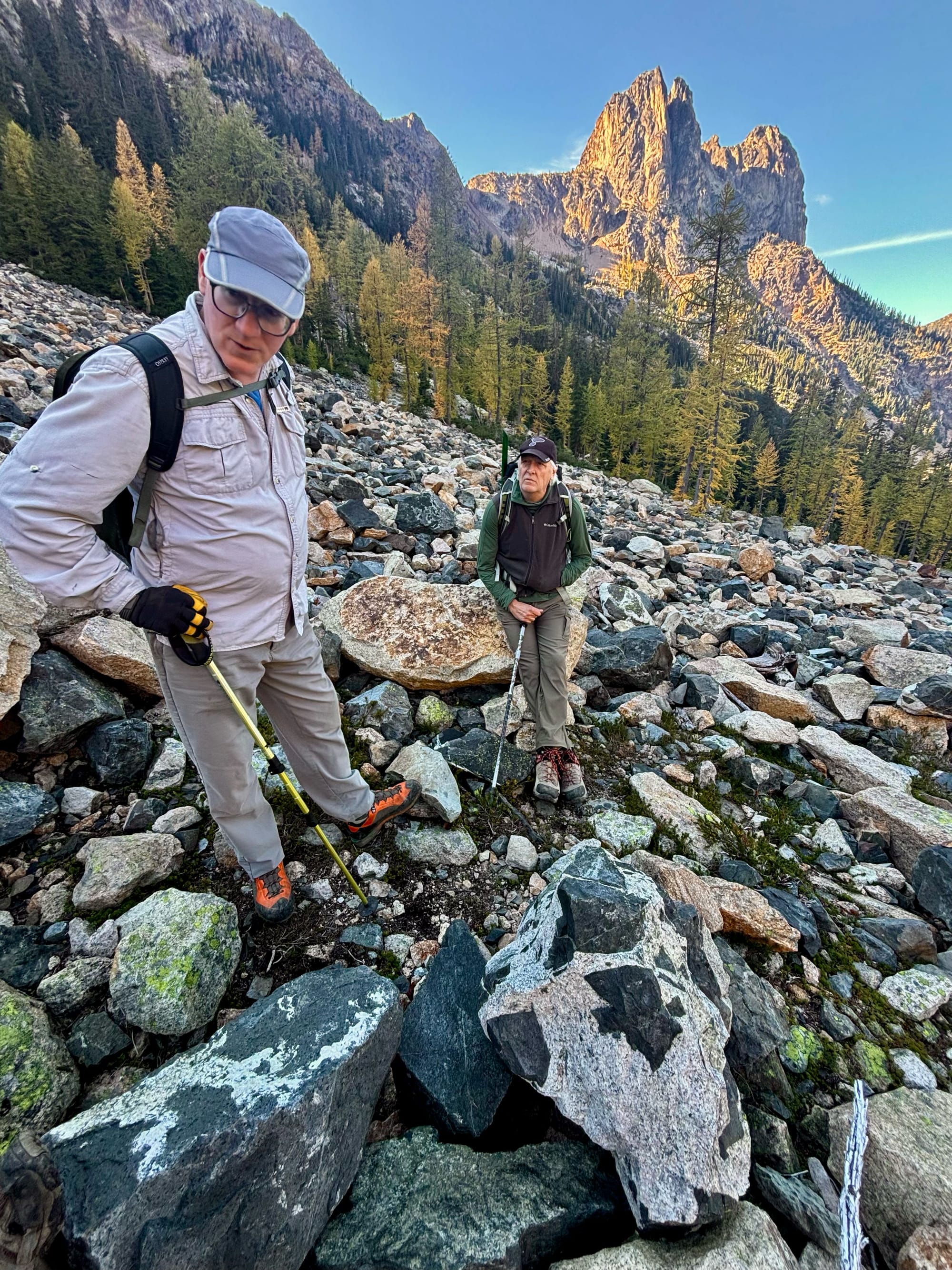
Xenoliths are pieces of fragmented rock embedded in other, often very different, rocks. They form when molten magma bubbles up into pre-existing rock formations. The intense heat and shifting pressure of the rising magma causes the parent rock to fracture, and pieces fall into the molten rock where they are preserved.
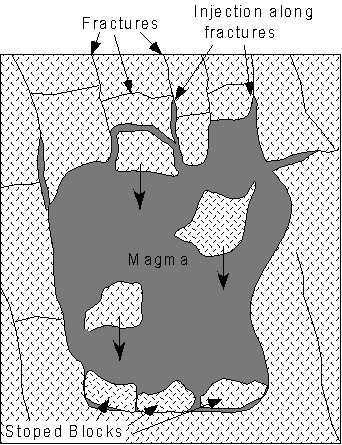
In the case of areas around Washington Pass, the molten Golden Horn batholith intruded into the pre-existing Black Peak batholith and North Creek volcanics, creating pale granite rock that contains dark fragments.
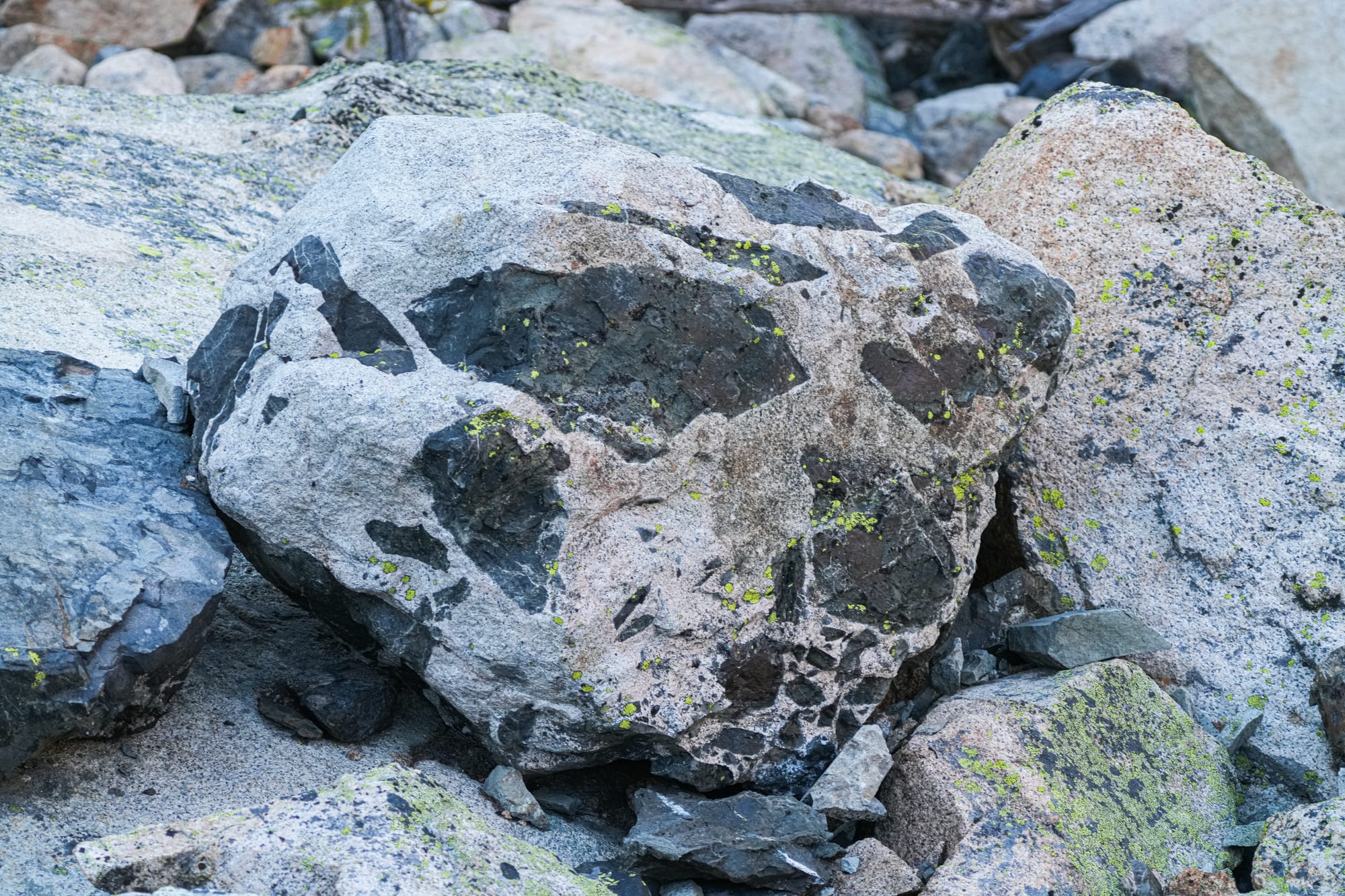
I'm sharing the story of xenoliths because they are unique and conspicuous geologic features that you will not only see around Washington Pass, but that you might spot in many other places as well. It's fun to have a better undertanding of what's going on if you see this one day.
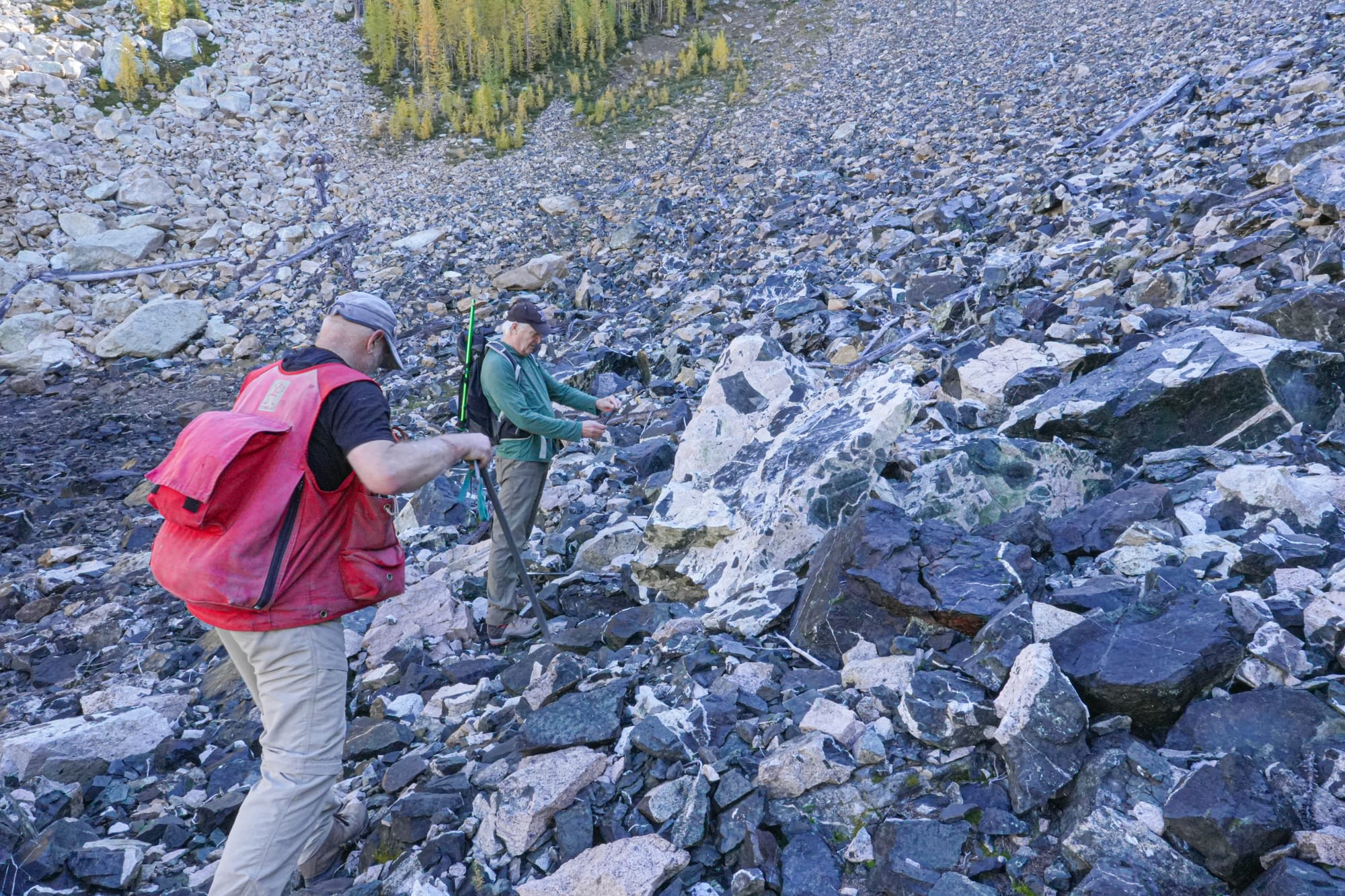
[Note: For a more technical description of these xenoliths, check out Dave Tucker's excellent post about our outing on his Northwest Geology Field Trips blog.]

